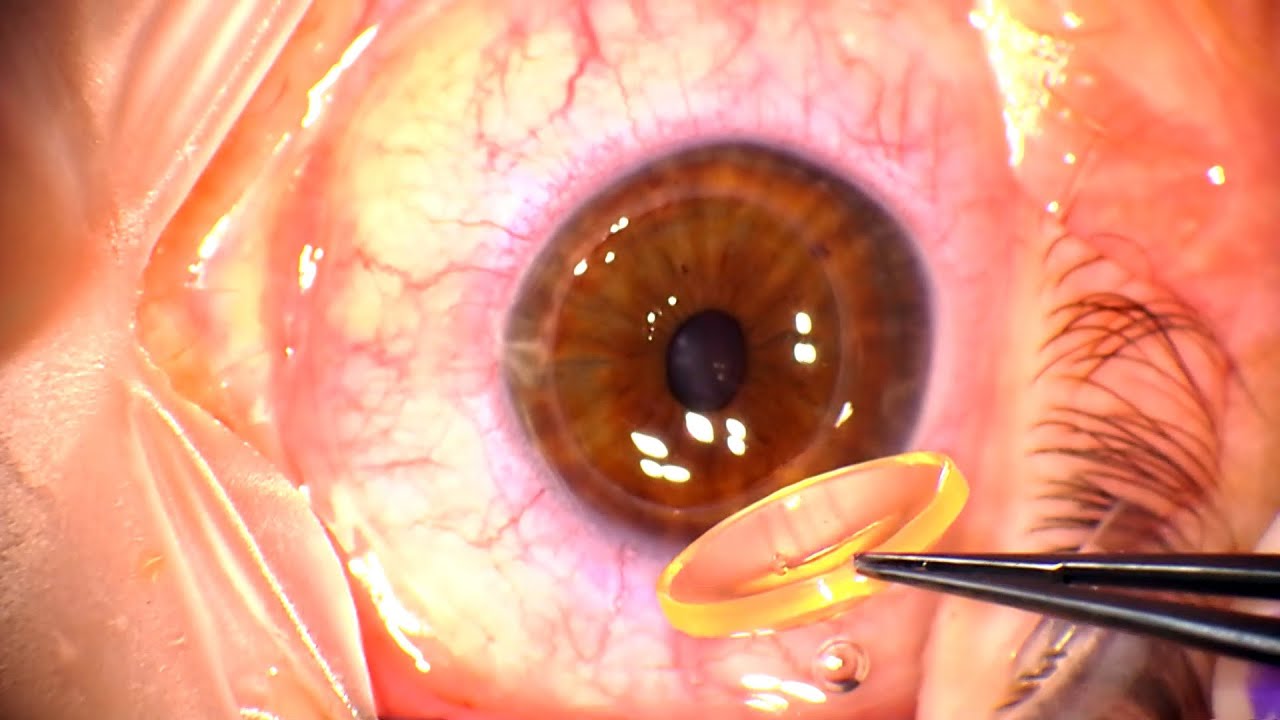Eye health is critical for maintaining quality of life, and for many patients, surgical interventions may become necessary to restore or improve vision. Two commonly performed eye surgeries, corneal transplant and cataract surgery, serve different purposes and address distinct eye conditions. Understanding the differences between these procedures is essential for patients considering treatment options.
What is a corneal transplant?
A corneal transplant involves replacing a damaged or diseased cornea with healthy donor tissue. The cornea is the transparent front layer of the eye that helps focus light onto the retina. Conditions such as keratoconus, corneal scarring, infections, or trauma can severely impair vision, making a corneal transplant necessary.
The procedure can be full-thickness (penetrating keratoplasty) or partial-thickness (lamellar keratoplasty), depending on the extent of the damage. Recovery may take several months, and patients often need to follow strict post-operative care routines to prevent infection or rejection.
For international patients seeking advanced care, a corneal transplant in Turkey has become increasingly popular due to high-quality surgical facilities, experienced ophthalmologists, and cost-effective treatment packages.
What is cataract surgery?
Cataract surgery is one of the most common eye procedures worldwide. Cataracts occur when the natural lens of the eye becomes cloudy, causing blurred vision, glare, and difficulty seeing in low light. During cataract surgery, the cloudy lens is removed and replaced with a clear artificial intraocular lens (IOL).
Unlike corneal transplants, cataract surgery is typically less invasive, has a shorter recovery period, and is performed on an outpatient basis. Most patients notice significant improvement in vision within a few days to weeks following the procedure.
Key differences between corneal transplant and cataract surgery
While both procedures aim to restore vision, they differ in several important ways:
Purpose:
- Corneal transplant corrects damage or disease affecting the cornea.
- Cataract surgery addresses clouding of the eye’s lens.
Surgical technique:
- Corneal transplants involve replacing donor tissue, which may require stitches and a longer healing period.
- Cataract surgery removes the lens and implants an artificial lens, often using minimally invasive techniques like phacoemulsification.
Recovery time:
- Recovery after a corneal transplant can take months, with follow-up appointments to monitor healing and prevent rejection.
- Cataract surgery typically allows patients to resume normal activities within days, though vision continues to improve over weeks.
Risks and considerations:
- Corneal transplants carry a risk of graft rejection, infection, and changes in vision over time.
- Cataract surgery risks are generally lower but may include infection, retinal detachment, or lens dislocation in rare cases.
Eligibility:
- Corneal transplants are recommended for patients with significant corneal damage or diseases that cannot be treated with other interventions.
- Cataract surgery is recommended for patients experiencing vision impairment due to lens clouding, usually related to aging.
Choosing the right procedure
Deciding between a corneal transplant and cataract surgery depends on the underlying eye condition, overall health, and personal needs. Consulting an experienced ophthalmologist is crucial for assessing the best option. Many hospitals and clinics now offer personalized medical plan in Turkey, which tailors diagnostic tests, treatment schedules, and post-operative care to each patient’s condition, ensuring optimal outcomes.
Advances and innovations
Both corneal transplant and cataract surgery have benefited from technological advancements. For corneal transplants, techniques like femtosecond laser-assisted keratoplasty and endothelial keratoplasty improve precision and recovery times. In cataract surgery, premium intraocular lenses and bladeless laser-assisted procedures enhance vision outcomes and reduce complications.
Conclusion
Understanding the difference between a corneal transplant and cataract surgery is essential for patients considering eye surgery. While both procedures aim to restore or improve vision, they address distinct eye structures and conditions, involve different surgical techniques, and have varying recovery times. Patients should seek personalized medical advice to choose the most suitable intervention for their needs.
With high-quality facilities, experienced ophthalmologists, and tailored treatment plans, destinations like Turkey have become attractive options for international patients seeking advanced eye care.
